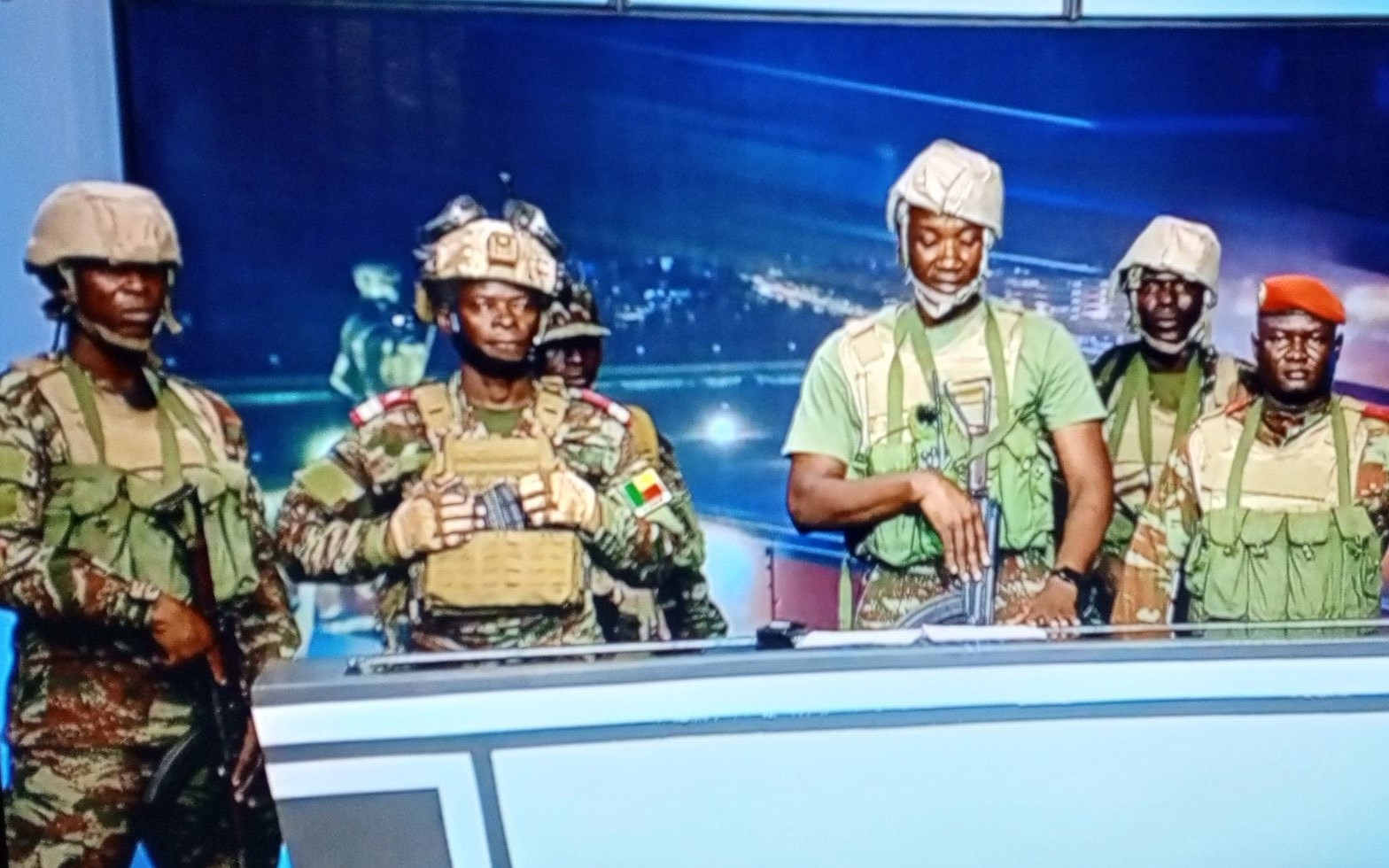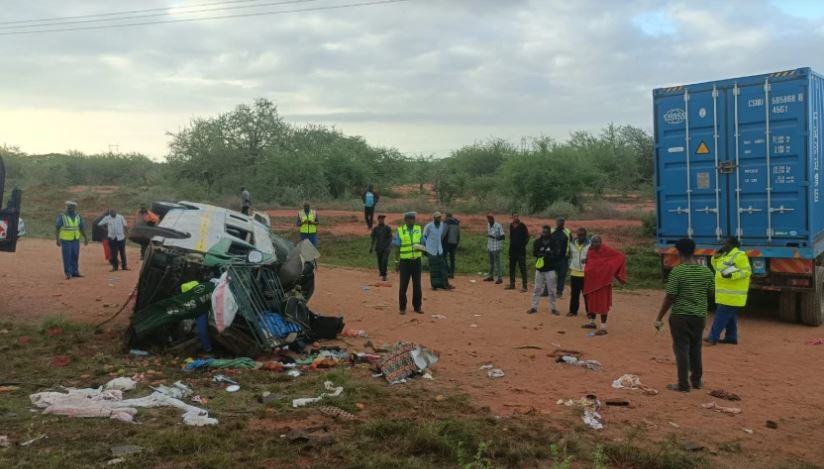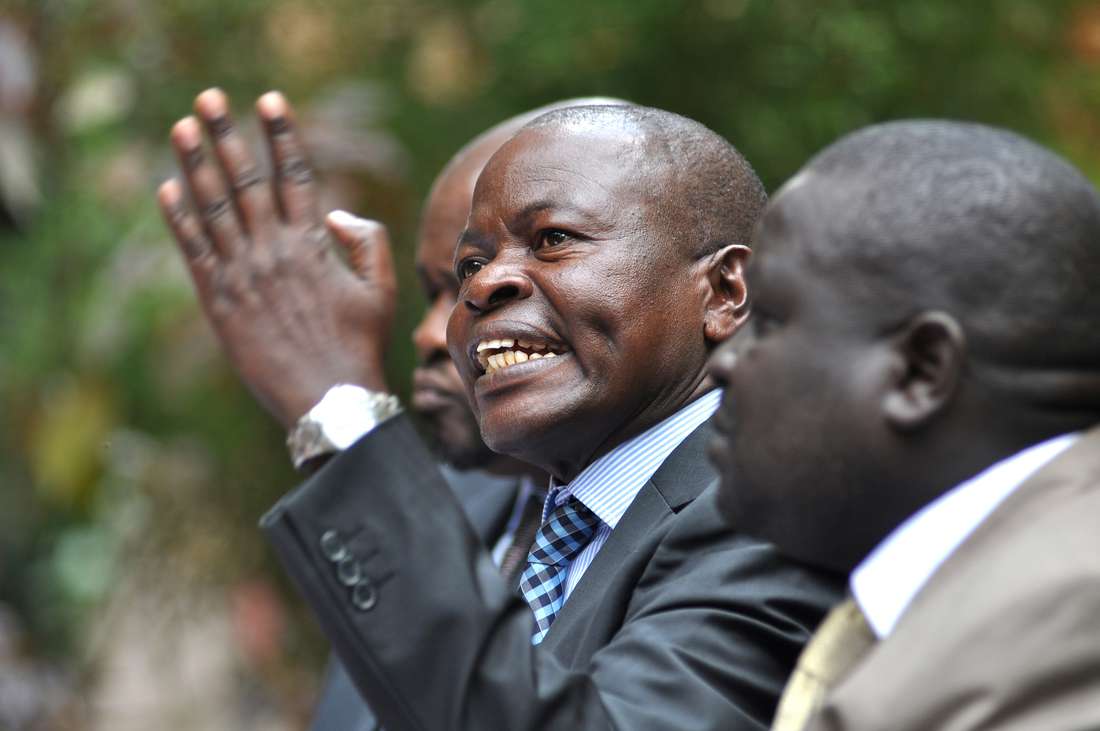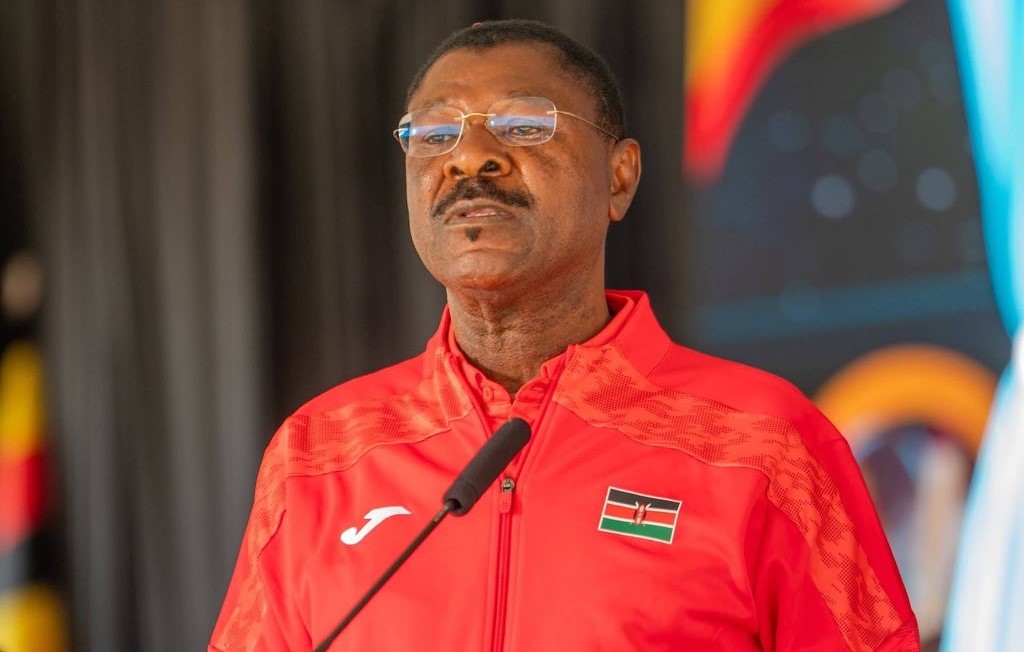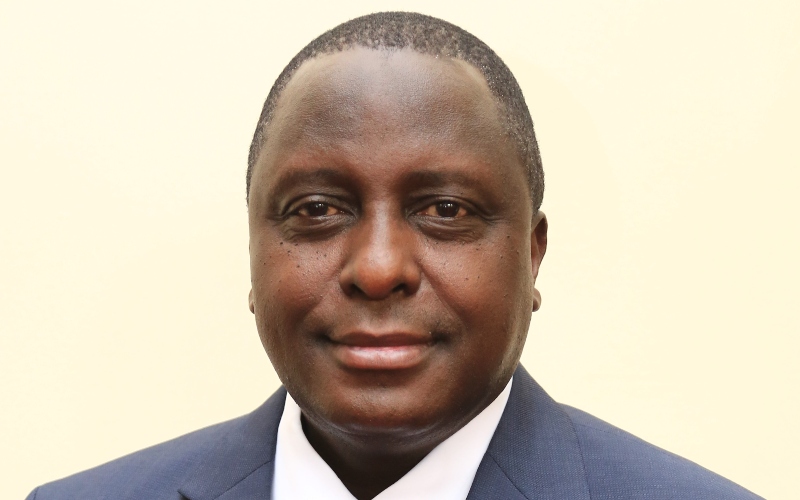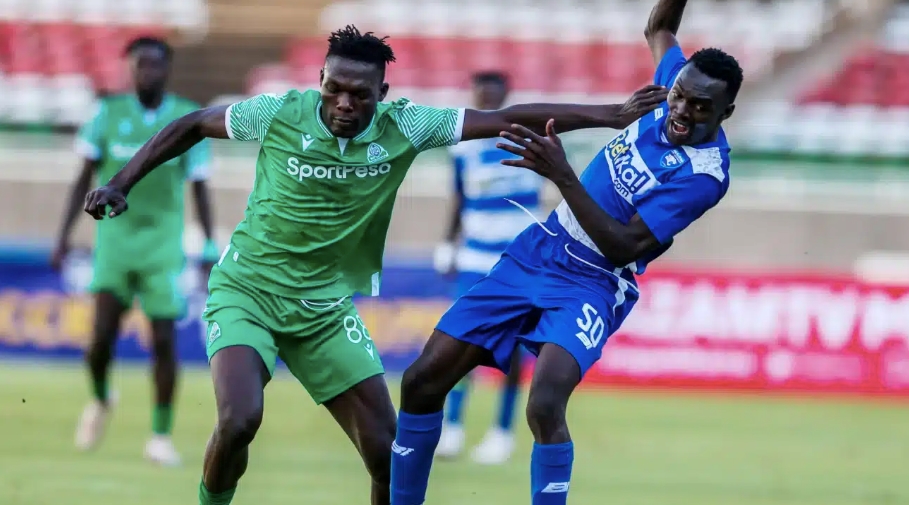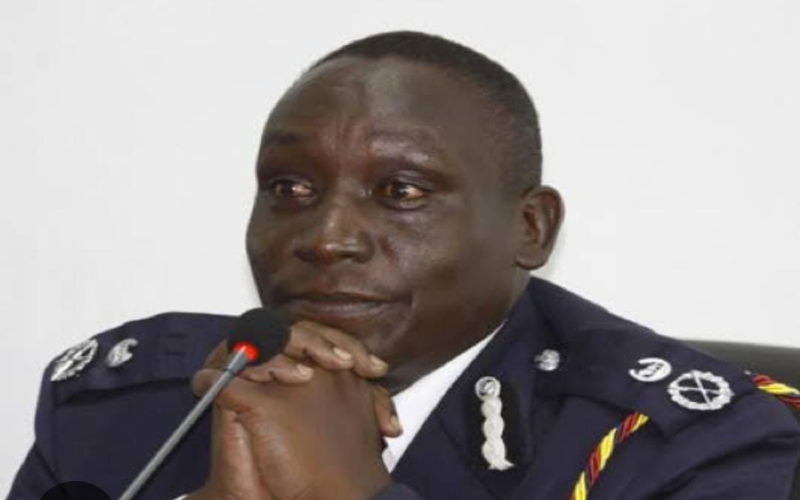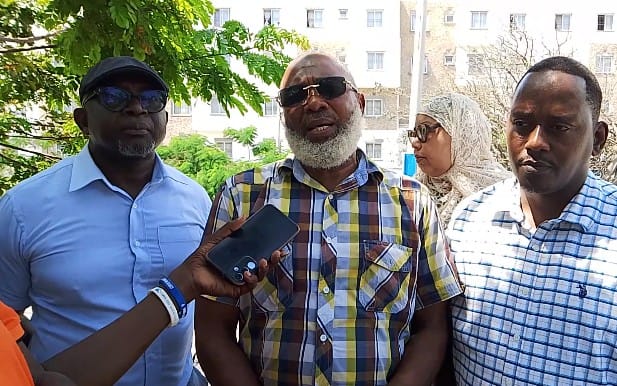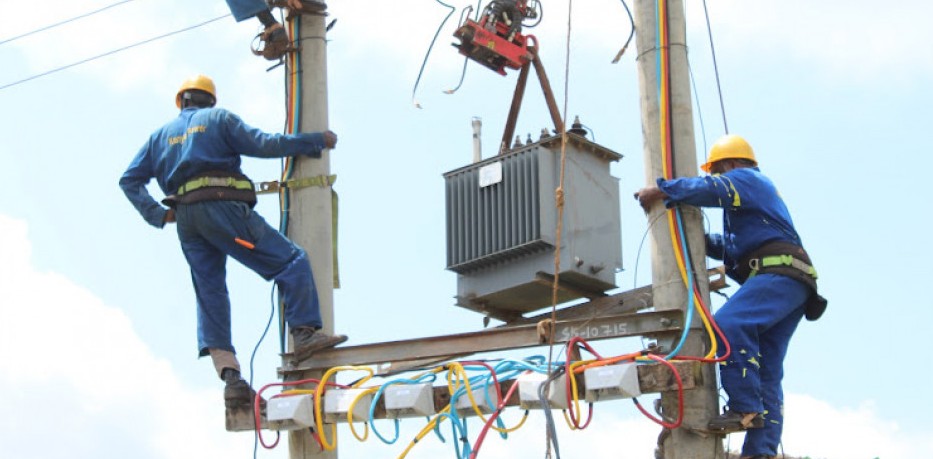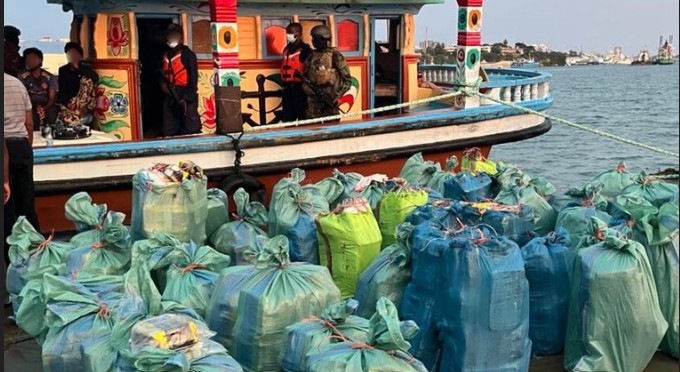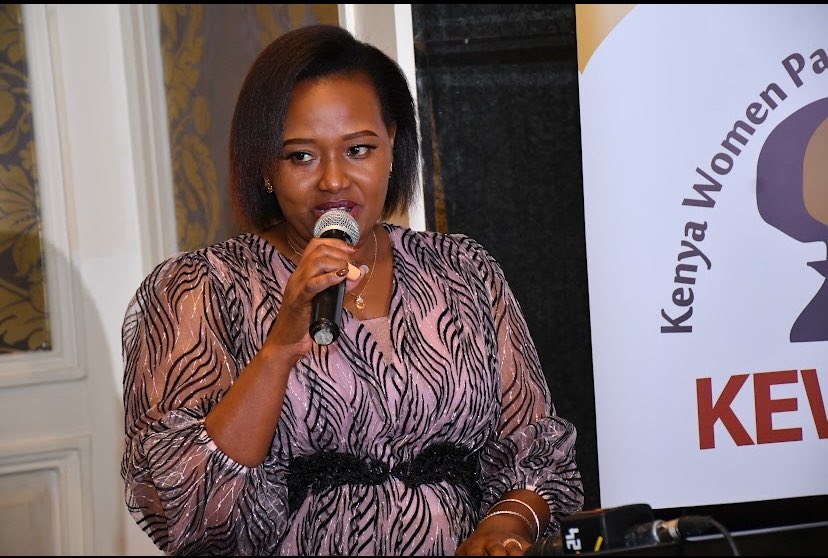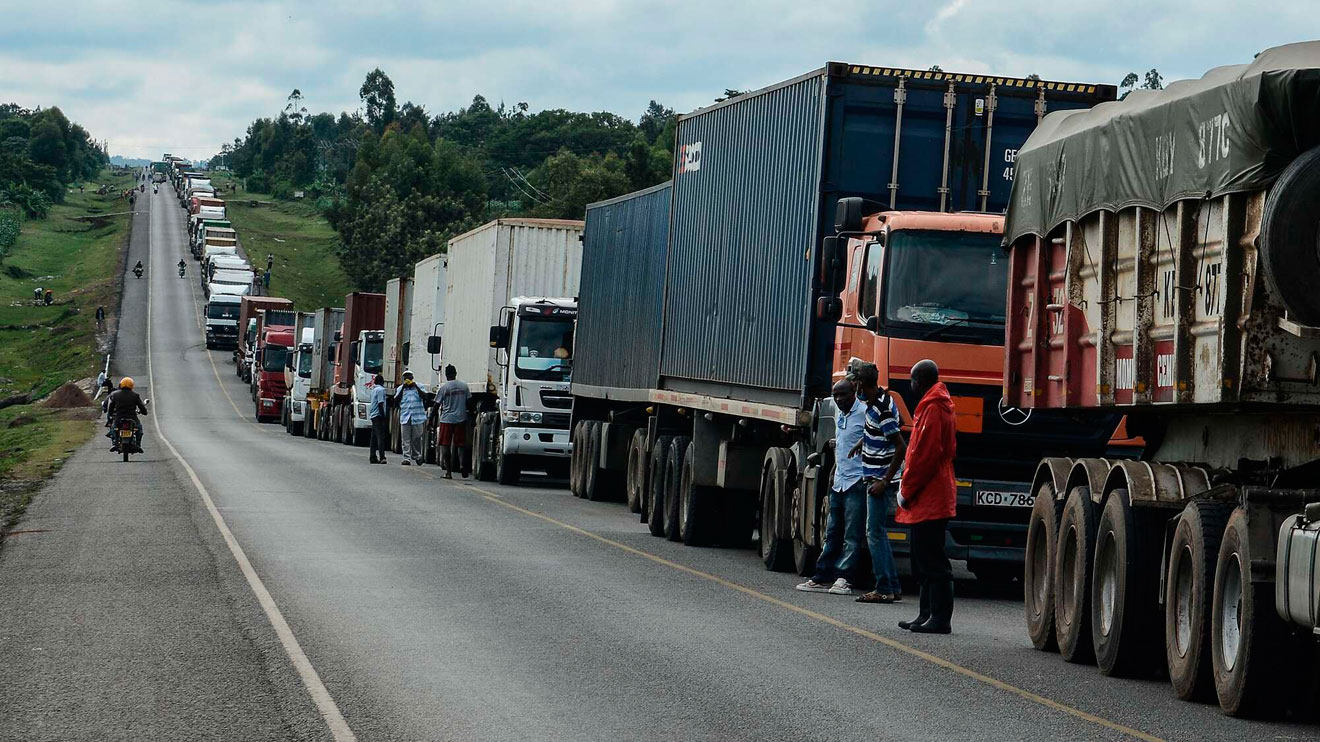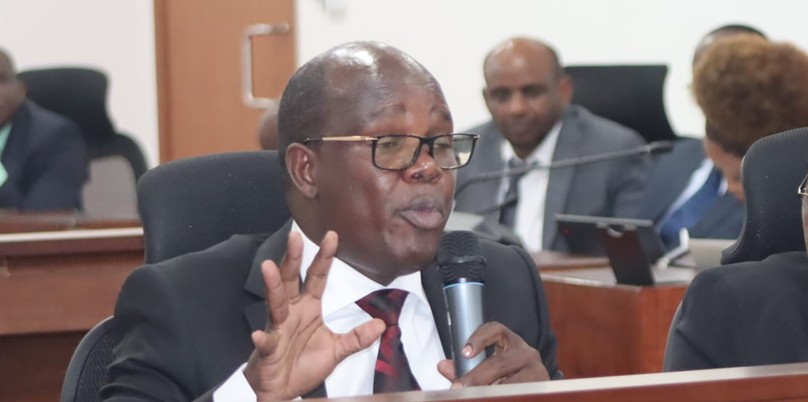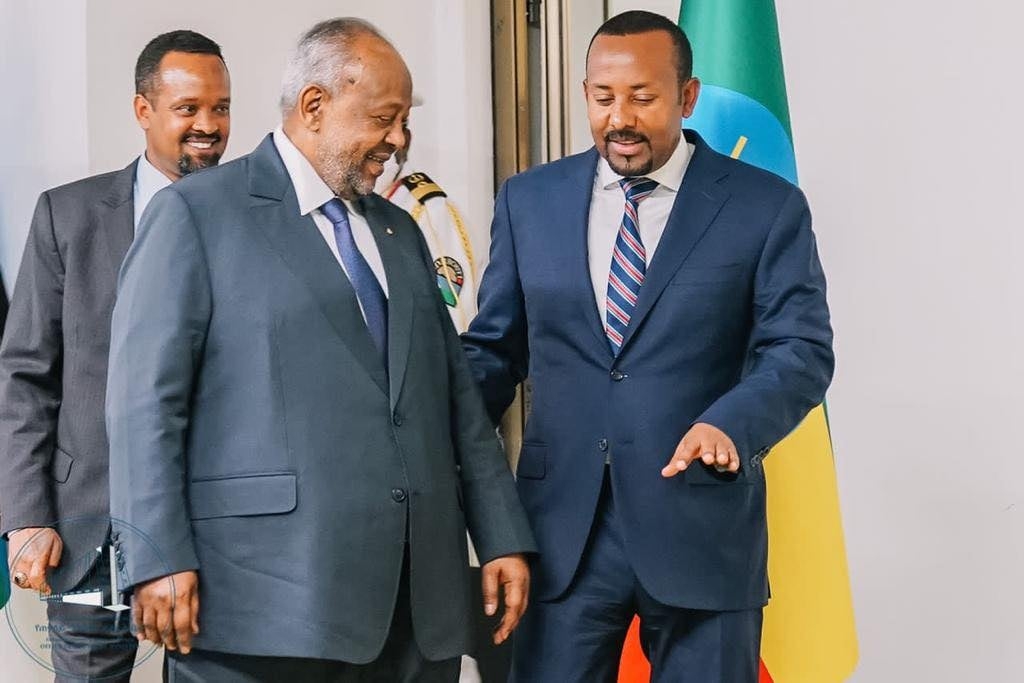Kenya asks China to fully fund Sh581.6bn Malaba SGR extension amid fiscal strain
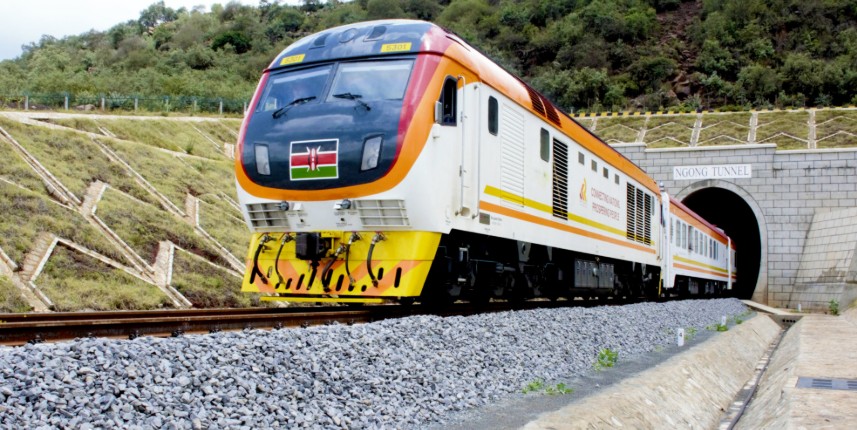
The 369-kilometre line is designed to improve the viability of the railway by linking it to Uganda, Rwanda, and the Democratic Republic of Congo, with these countries also developing their respective segments of the railway.
Kenya now wants China to take on the full cost of extending the standard gauge railway (SGR) from Naivasha to Malaba, abandoning an earlier plan that required Nairobi to raise 30 per cent or Sh174 billion of the Sh581.6 billion project.
According to the National Treasury, the government is under fiscal constraints that have made it difficult for the country to contribute to the mega infrastructure project. National Treasury Cabinet Secretary John Mbadi said Kenya is no longer in a position to meet the 30 per cent financing requirement due to growing expenditure and limited revenue.
More To Read
- Global power shifts are reshaping the Red Sea region and changing the rules of engagement
- Kenya Railways adds extra Nairobi–Mombasa trains for festive season rush
- Luanda Summit: Europe reinforces ties with Africa as competition intensifies
- SGR extension to Kisumu, Malaba set for January launch - Ruto
- Kenya Railways banks on property sales to settle Sh2.26 billion pension debt
- Africa’s rapid drone expansion promises high-tech warfare but struggles to achieve strategic results
“The proposal put forward by China Road and Bridge, the China Development Bank and China Exim Bank was that the three entities would fund 30 per cent of the project, the Kenyan government would raise 30 per cent, and then a consortium would do the remaining 40 per cent,” Mbadi told the Nation.
“The discussion has changed, and we are looking at a model of procurement where we get funding exclusively outside of the government.”
The SGR extension from Naivasha to the border town of Malaba is expected to cost Sh581.6 billion ($4.5 billion).
The 369-kilometre line is designed to improve the viability of the railway by linking it to Uganda, Rwanda, and the Democratic Republic of Congo (DRC), with these countries also developing their respective segments of the railway.
The latest shift in Kenya’s position emerged after President William Ruto met his Chinese counterpart, Xi Jinping, in Beijing several weeks ago.
Review railway laws
Official communiqués from the meeting stated that the two leaders had agreed to review railway laws, regulations and policies, as well as to develop technical and operational standards. However, behind the scenes, the funding formula for the SGR was a key agenda item.
Kenya’s new stance comes as the country navigates a tough fiscal environment.
Government revenues have been falling short of targets, while the withdrawal of the Finance Bill in mid-2024 in response to nationwide anti-government protests, which left dozens of young people dead, prevented the introduction of new, aggressive tax measures.
Increased public spending driven by newly signed collective bargaining agreements with trade unions, the implementation of a new education curriculum, and the rollout of universal healthcare have further squeezed development funding. This makes it harder for the government to allocate money to capital-intensive projects such as the SGR.
Further delays
The National Treasury had initially allocated Sh16.5 billion for the railway extension in the 2025/26 budget, but officials now admit that the project could face further delays unless alternative financing is secured.
“Discussions are ongoing. The project can be funded through PPP (public-private partnership), a concessionary loan or whichever method that would be most appropriate. The Ministry of Roads and Transport is still looking at the possibilities. The proposal will come to the National Treasury for concurrence,” Mbadi said.
Kenya had initially explored using domestic funding to avoid accumulating further debt from China. This would have required a revision of the Railway Development Levy and amendments to land ownership laws.
A special purpose vehicle (SPV) would have been established to hold the railway’s assets during construction and operation until the financiers had recovered their investments.
But China is demanding stronger assurances from Nairobi that the project will generate enough revenue to repay any additional loans.
Outstanding loans to China
As of December 2024, Kenya’s outstanding loans to China stood at Sh692.6 billion, most of it linked to the financing of the Mombasa–Nairobi section of the SGR.
The decision to halt the railway in Naivasha sparked widespread criticism and raised doubts about the viability of the project, with some critics dubbing it “the railway to nowhere.” However, the government maintains that completing the line to Malaba is critical for unlocking trade opportunities across the region.
“The value of extending the SGR to Malaba cannot be overstated. The initial intention was to open up a bigger market for this economy, and we can only do that by opening up Uganda, Rwanda, the DR Congo and the whole region,” Mbadi said.
“Ugandans have asked us to speed up the railway to Malaba because they want to start SGR works on their side. Rwanda is also interested. I have had meetings with ministers from the two countries.”
Extending the SGR from Naivasha to Kisumu is projected to cost Sh380 billion, while the final stretch from Kisumu to Malaba is expected to require Sh122.9 billion. Despite ongoing discussions, no completion timeline has been provided.
Uncertainty over funding continues to dog the project, threatening to delay a key regional trade corridor meant to ease the flow of goods between Mombasa and inland countries such as Uganda, South Sudan, Rwanda and the DRC.
Top Stories Today

